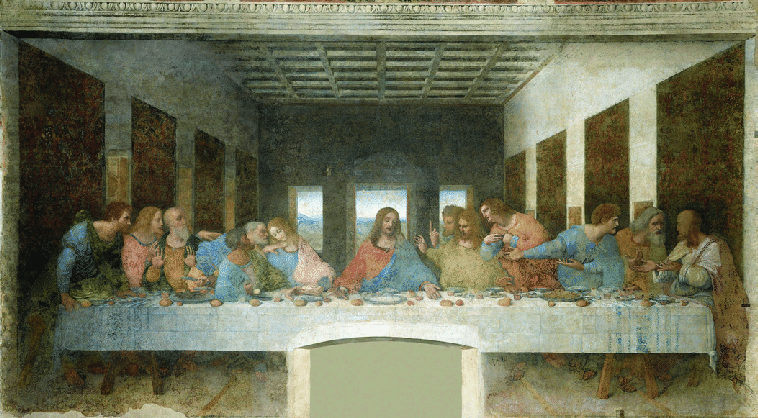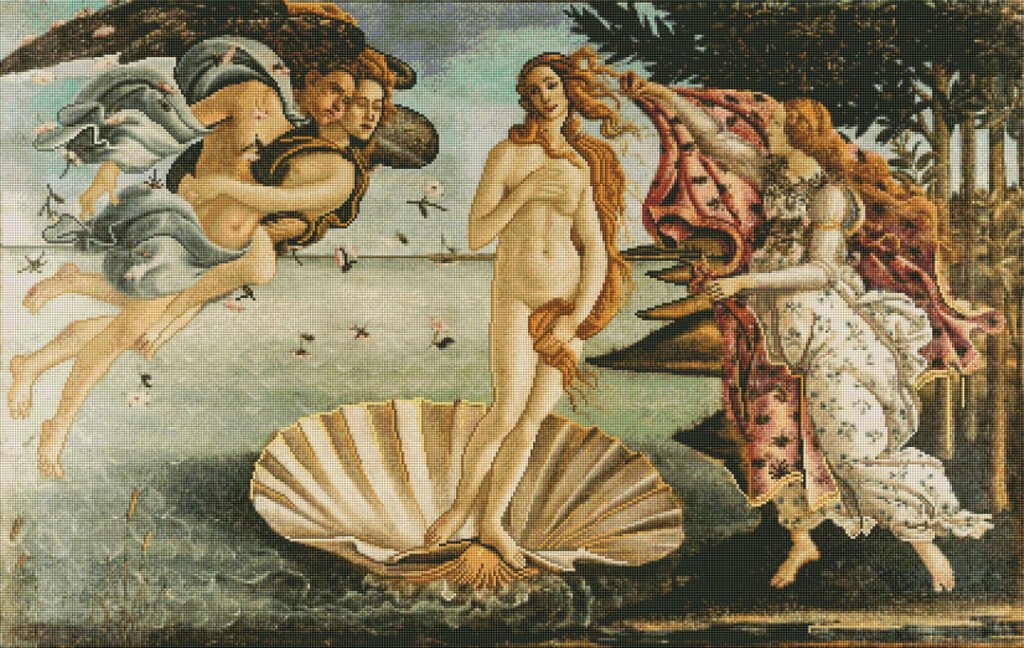The Iconic Renaissance Paintings—an explosion of creativity, spirituality, and humanist thought in 14th–17th century Europe—gave us some of the most profound works in Western art. Through oil, fresco, and tempera, painters captured beauty, faith, and intellect like never before.
In this post, we explore five Iconic Renaissance Paintings every art lover must know—not only for their technical brilliance but also for the stories, social shifts, and artistic revolutions they represent.
1. Mona Lisa by Leonardo da Vinci (c. 1503–1506)

The Enigmatic Smile
Arguably the most famous painting ever created, the Mona Lisa is a portrait of Lisa Gherardini, wife of a Florentine merchant. Leonardo’s use of sfumato—soft transitions between colors and tones—gives her expression that mysterious, subtle smile.
Artistic Innovations
- 3D features painted directly on a 2D surface
- Atmospheric depth with aerial perspective
- Meticulously blended skin tones for lifelike texture
Cultural Legacy
Beyond its artistic mastery, Mona Lisa is a global icon.
- Stolen from the Louvre in 1911—sparking worldwide fascination
- Became a symbol of art’s power to transcend culture and era
2. The Last Supper by Leonardo da Vinci (c. 1495–1498)

A Master of Composition
Painted in Milan’s Santa Maria delle Grazie, this fresco captures the exact moment Jesus declares a betrayal will happen. Leonardo uses grouping, gestures, and vanishing-point perspective to dramatize the scene with powerful symmetry.
Distinctive Features
- 12 apostles in four groups of three
- Emotional range—shock, disbelief, sorrow—brilliantly expressed
- Broken halos, real-world background, painted window reflections
Fragile Masterpiece
Though deteriorating quickly, careful restorations in the 1980s brought The Last Supper back to life, reminding us how delicate and precious Renaissance murals are.
3. The School of Athens by Raphael (c. 1509–1511)

Philosophy Personified
Located in the Vatican’s Stanza della Segnatura, this fresco gathers philosophical giants across time. Plato and Aristotle stand center, surrounded by thinkers like Socrates, Pythagoras, and Euclid.
Ideal of Humanism
Raphael placed himself in the crowd, blending art and intellect. He created a vision of intellectual unity, a celebration of reason and harmony.
Visual Brilliance
- Triangular structure directs viewers toward the central duo
- Classical architecture, balanced arches, and foreshortening lend depth
- Real faces used; portraits within a grand allegory
4. The Birth of Venus by Sandro Botticelli (c. 1484–1486)

Mythology Meets Poetry
Commissioned by the Medici family, this canvas illustrates Venus born of sea foam, emerging with a divine grace. Botticelli’s delicate linework gives her ethereal beauty.
Aesthetic Choices
- Soft pastel tones: cream, pale pink, sky blue
- Flat background complements the linear elegance
- Subtle symbolism: sea shell, flowing hair, representation of spiritual love
Influence Across Eras
Once overshadowed by religious art, this painting initiated a revival of classical storytelling and inspired modern art, poetry, and even visual advertising.
5. Pietà (Painted Version) by Michelangelo (1498–1499)

Sculpture Painted in Flesh
Though Michelangelo is famed for sculpture, his painted Pietà for Florence’s Church of San Francesco showcases:
- Intense emotion: Mary’s grief, Jesus’ repose
- A sculptural quality via painting
- Chiaroscuro creating statue-like volume in flesh and fabric
Perfect Contrast
The cold perfection of marble translated into warm pigment on a panel, Michelangelo melded ease of painting with the feel of carved stone.
Why These 5 Are Truly Iconic
- Leonardo’s Empathy – emotion and science in harmony
- Devotional Influence – spiritual works that moved mass populations
- Humanist Values – classroom frescoes that celebrate intellect
- Classical Resurgence – mythic figures brought back to life
- Technical Innovation – chiaroscuro, perspective, integration of sculpture and painting
Their innovations shaped Western painting across centuries, influencing art and culture through the ages.
🔗 Related Blog Links (Place at the bottom)
- 5 Stunning Street Art Murals in Mumbai That Will Surprise You
- Top 5 Contemporary Japanese Artworks You Cant Miss in 2025
- Medieval Manuscripts: Illuminated Scrolls and Sacred Art
Conclusion: A Living Legacy of Renaissance Art
These five masterpieces are more than museum treasures—they are living echoes of a revolution in thought, vision, and technique:
- Mona Lisa’s psychology,
- Last Supper’s drama,
- School of Athens’ inclusiveness,
- Birth of Venus’ poetic grace,
- Pietà’s sculptural soul—
Each reshaped how artists express human experience.